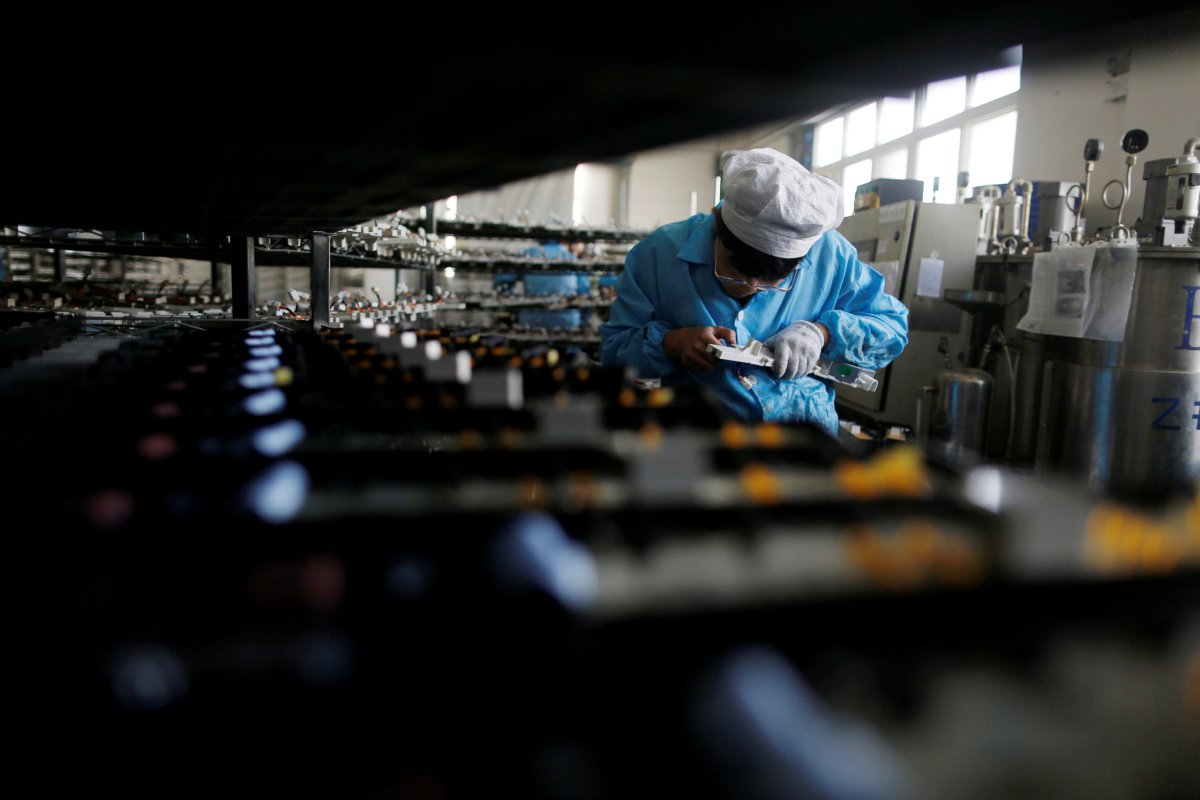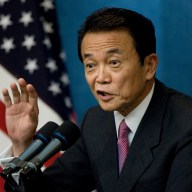BEIJING, (Reuters) – Growth in China’s manufacturing sector unexpectedly picked up in April as output quickened slightly, a private survey showed on Wednesday, though a decline in export orders reinforced risks to the outlook as firms continued to shed staff while inventories also rose.
The Caixin/Markit Manufacturing Purchasing Managers’ index (PMI) climbed to 51.1 in April from a four-month low of 51.0 in March, and topped economists’ forecast for a modest slowdown to 50.9.
While production rose at a slightly faster pace and the headline reading remained above the 50-point mark that divides growth from contraction on a monthly basis, the pace of acceleration was modest.
Particularly concerning was a sub-index on export orders shrinking for the first time since November 2016. The weak overseas sales reading was also backed up by an official PMI survey which showed shipment orders slowed last month – a worrying sign given the growing risks to the trade sector from a heated Sino-U.S. trade dispute.
Moreover, overall optimism among Chinese manufacturers dipped to a four-month low in April, with some firms citing concerns over future market conditions and the strength of global demand.
While the survey didn’t make any reference to the U.S.-China trade row, underlying caution about the outlook reinforced views of an expected slackening in momentum in the world’s second-biggest economy. Indeed, the survey showed “anecdotal evidence” of softer international demand.
“Overall, operating conditions across China’s manufacturing sector continued to improve in April,” Zhengsheng Zhong, director of Macroeconomic Analysis at CEBM Group, said in a note accompanying the survey.
“But uncertainty in exports has increased significantly, and the dependence of the Chinese economy on domestic demand is rising.”
The private survey tends to focus on small and mid-sized firms, which have not benefited as much from a year-long, state-led construction boom as large, government-owned industrial heavyweights.
There was also a further reduction in headcount in April, pressured by soft demand conditions. Input price inflation picked up for the first time since September, likely due to the increases in crude oil prices, CEBM’s Zhong said.
This may squeeze the profit margins of manufacturers as output price increases remained soft.
Any prolonged softness in overseas demand is likely to put intense pressure on China Inc., which helped the economy deliver solid growth last year thanks to increased government infrastructure spending, a resilient housing market and unexpected strength in exports.
Signs of stress have already started to emerge in softer industrial demand, slower investment growth and a subdued property market, leaving policymakers walking a tight rope as they try to defuse debt risks without imperilling growth. So far, with the deleveraging campaign in its third year, Beijing appears to have successfully managed that balancing act.
Economists expect China’s economic growth to ease to 6.5 percent this year, in line with Beijing’s target but below a forecast-beating 6.9 percent in 2017, with the regulatory crackdown on the country’s finance sector and the growing trade dispute with the United States seen as key risks, a Reuters poll showed.
(Reporting by Stella Qiu and Ryan Woo; Editing by Shri Navaratnam)



















